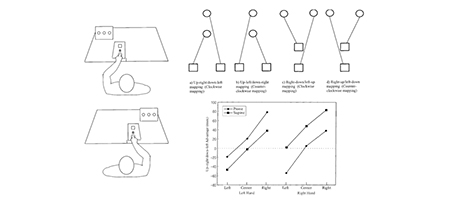We investigate selective visual attention. What is the role of visual selective attention in face recognition? Is word recognition an automatic process? To answer these questions, we have conducted series of experiments which provided the following findings.
1) The Stroop dilution effect occurred when a color word was presented as a distracter but not when it was presented as a color carrier.
2) The magnitude of the Stroop effect decreased as display duration decreased.
3) A larger Stroop effect was obtained when the color word was presented at the attended location than when it was presented at an unattended location. The role of visual selective attention in various tasks is now being further examined.



